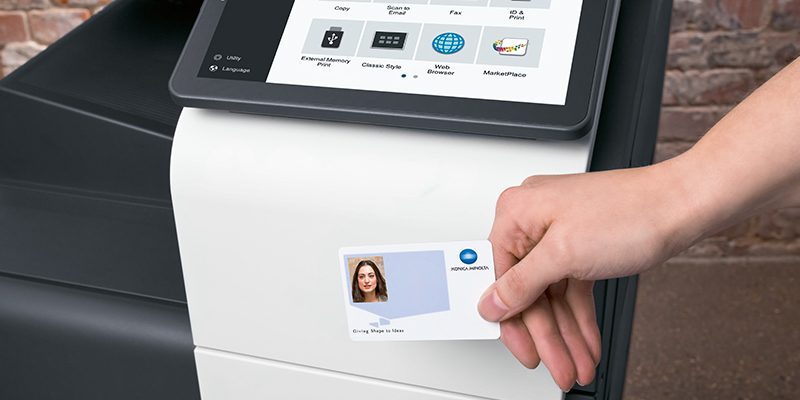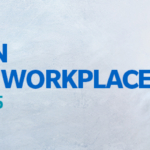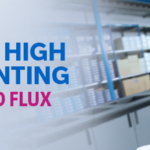Supporting A Hybrid Workplace Model
With the vaccine roll-out underway and cautious reopening plans, now is the time for organisations to start thinking about how best to return to a physical central workplace – if at all. Research from Microsoft recently found that 42% of companies plan on moving their workers from on-site to fully remote roles after COVID-19, and the remaining 58% of respondents will be looking to create a partially remote workforce after COVID-19. Based on this research, there is no scenario for an organization to require 100% of its workers to be on-site.
So how should businesses plan for a successful return to the office, when it seems like it is no longer a need for everyone to be there? Unsurprisingly, the hybrid work model – where some employees are on-site while others work from home or other convenient remote locations – is top of mind for business leaders.
In a survey conducted by PwC, most executives expect the hybrid workplace to begin taking shape in the second quarter of 2021 (based on the current projections of the vaccine rollout programs). We have already seen large corporations such as Google announce they will focus on hybrid work models for their employees, where workers would be expected to work at least three days a week on-site and the rest of the time remotely.
Smooth Transition from Remote Work to the Hybrid Workplace
When industries shut down their physical locations in line with COVID-19 policies in 2020, many businesses faced the need to uproot their organizational processes through the use of digital technologies and business models to improve performance, and most importantly to stay competitive. This digital transformation journey accelerated a deep cultural and societal change that has impacted work as we know it, and so in managing any further disruption to employees’ day-to-day lives, a smooth transition will be needed.

However, the challenge lies in finding the right balance. The same PwC research found that 68% of executives believe employees should be in the office at least three days a week to maintain company culture, whereas 55% of the workers interviewed declared that they prefer to continue working remotely at least three days a week.
To work out how best to operationally manage these wants vs needs, it’s worth starting to think now about which employees need to be in the office to successfully perform their work. To do this, an organisation should consider factors such as how much their employees need to collaborate with others or rapidly exchange information, or whether there are certain teams or projects that will benefit from in-person meetings more than others. Working out how to bring employees back is key. Starting with the preparation for a safe and efficient way to bring employees back to work will be key. For example, Smart Monitoring video solutions can automatically detect elevated temperatures that indicate a potential infection.
Remote Working Arrangements
For those who will continue to work remotely, there are a couple of elements to consider while supporting these employees for long-term success. For example, ensuring a secure working environment. While we’d like to think joining a secure VPN is enough to stay protected while working away from the corporate network, there are multiple layers that contribute to an overall security approach.

Konica Minolta’s IT solutions are designed to provide the layers of security need to keep businesses and employees safe from malicious attacks.
Remote Printing
We also know that employees miss the ability to easily print documents when away from the office. Unlike classic desktop computers, mobile devices such as smartphones or tablets are not usually designed for printing. With our cloud print solutions, employees can print from any devices. Having access to a cloud printing service means employees would want to return to the workplace more frequently.

Moreover, even when printing from any device, print outs can only be authorised after successful authentication, e.g. with a card or using a PIN code. This way, your prints do not fall into the wrong hands.
The Intelligent Connected Workplace of the Future
Ultimately, the world of work is undergoing exciting changes, and the redefined hybrid workplace will revolutionise what we can achieve together, liberating each of us to be more productive and more creative in our own, unique way. At Konica Minolta, we’re always looking to see how we can equip your workforce with the essential tools to modernise ways of working and unlock greater potential Get in touch with our experts today to find out how you can make the transition to a digital workplace.


